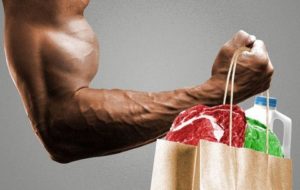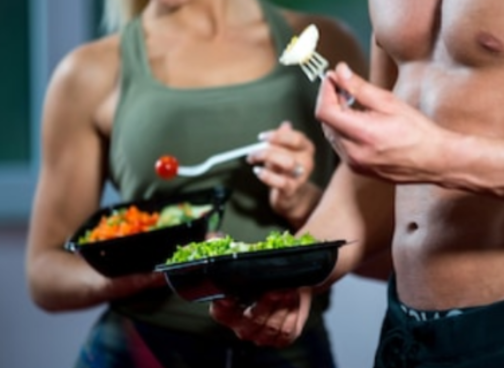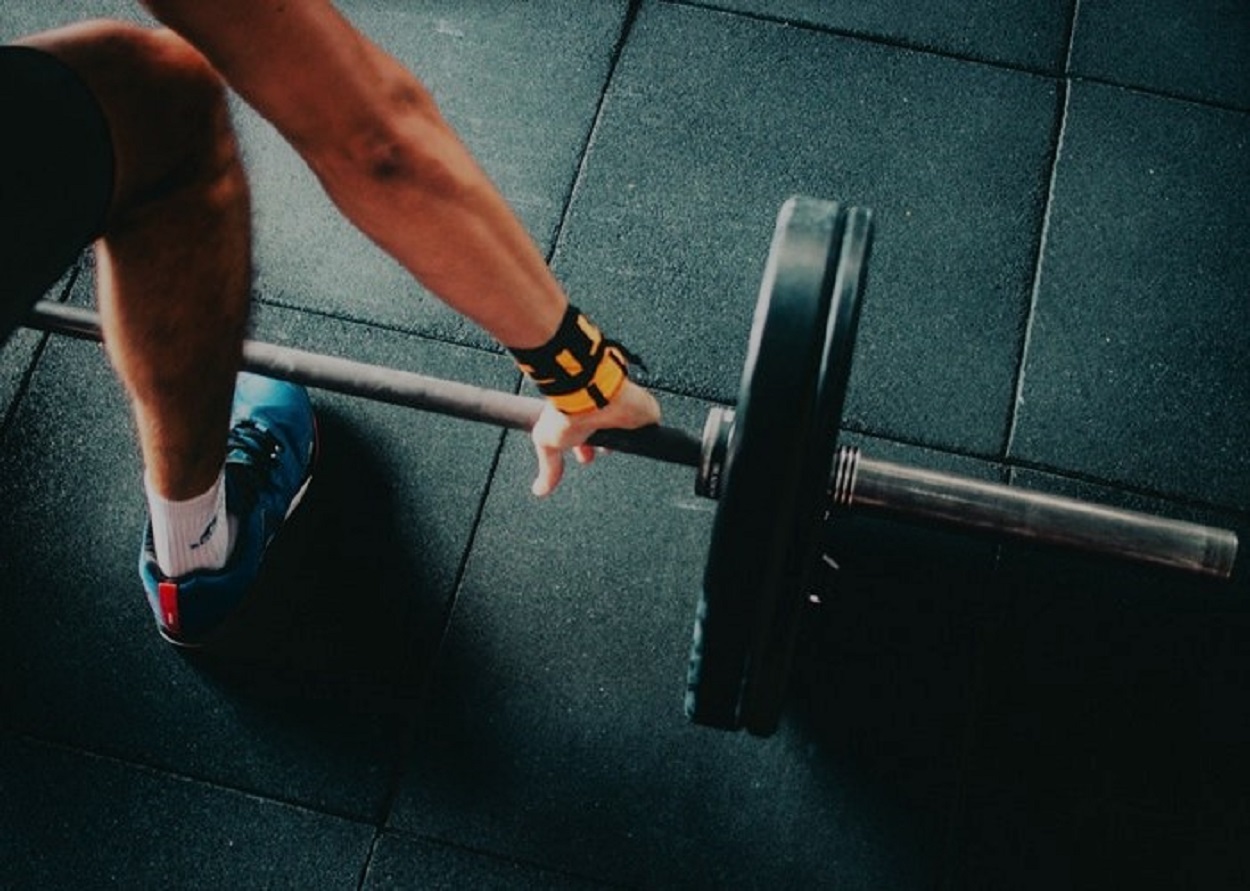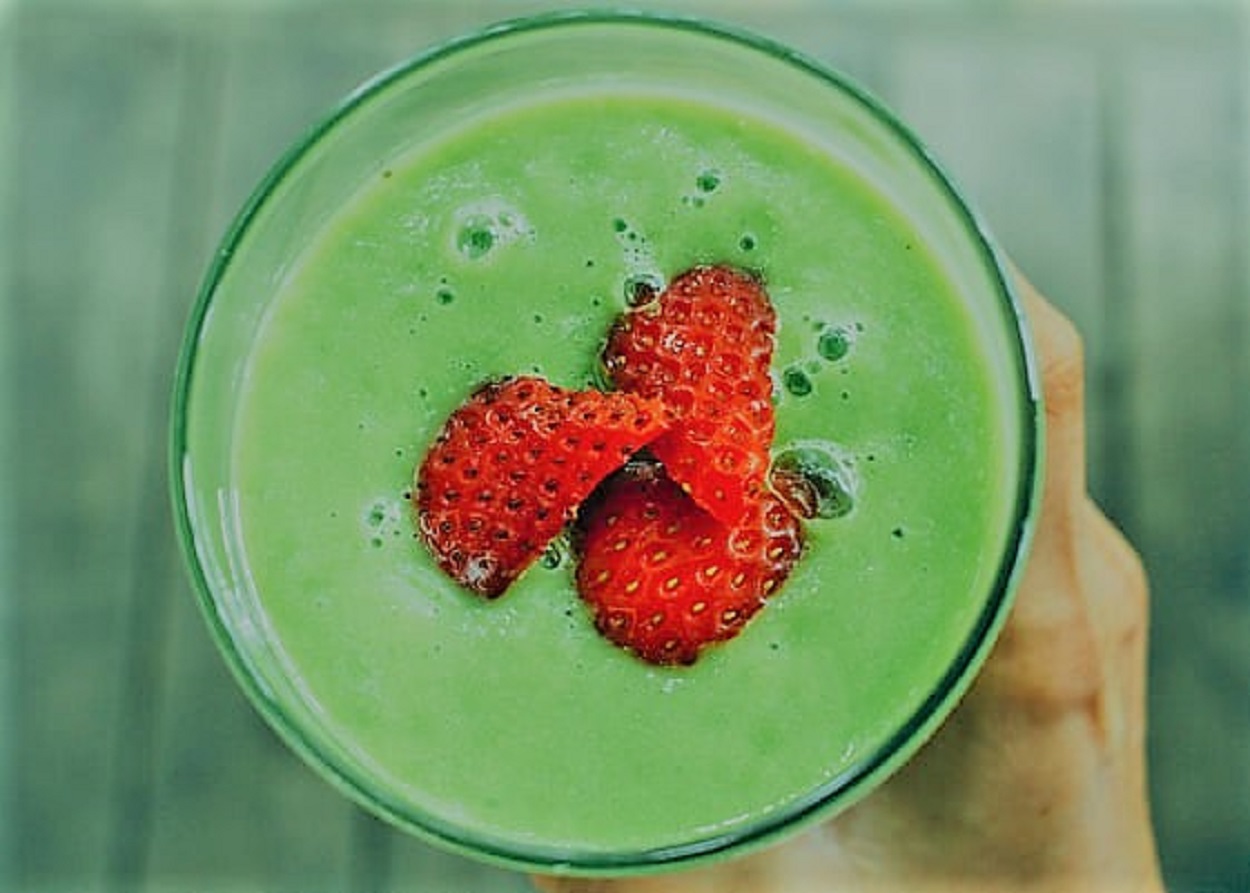You are what you eat – literally. Our body is composed more than just part of the food we consume, and much of what we eat isn’t just used to fuel ourselves for the day, but to allow us to rebuild tissue that we gradually lose through wear-and-tear, damage, and aging. When building a body meant to lift heavy weights, eating for lifting is key. But what does that mean?
A good diet for lifting should help you fuel your body to continue performing. It should also help you reduce or maintain bodyfat and eat in a way that improves neuromuscular performance (helping your muscles fire faster, and harder). Eating is also important for recovery, reducing inflammation and muscle tenderness, and promoting better sleep. Conversely, bad eating habits lead to fat gain or muscle loss, increased inflammation, increasing your risk of developing various chronic illnesses, and keeping you up all night.
It’s a fairly well-known joke that bodybuilders who fail to get shredded can just be powerlifters instead. Being laxer about your mealtimes and body composition is something that’s taken for granted on the surface, and to a degree, it’s true.
But that doesn’t mean it’s a good idea to walk around with 20% body fat or more, and every ounce of unnecessary fat brought to the stage is tissue that’s doing absolutely nothing for you. While bodybuilders want to shred down to a single-digit body fat percentage for competitions, powerlifters should still aim to be fairly lean.
Lean mass moves weight – muscles, tendons, bones, working together. Fat is extra weight, and beyond the bare essential for athletic performance – which is somewhere around 13-15% for men, and 20% for women – there’s no need to carry excess weight, especially if your relative strength matters to you at all.
More Than Just Protein
Yes, protein builds muscle – and you need to make sure you get enough to build muscle – but it’s not the only nutrient you should be tracking. For most beginners with way too little muscle and not much weight, watching your total caloric expenditure and making sure to eat at a surplus with a certain minimum protein intake works, because beginners need simple advice that won’t overwhelm them. It’s hard to sit down with a teen who has no coach and tell them that they have to start tracking their macros and micros, taking note of supplements, feeding times, organizing meal prep, and so on. To the uninitiated, organizing diet and recovery for powerlifting is practically a second job, as it would be for any trainer managing an athlete.
 Once you’re past the novice stage and your gains start slowing down, you need to both update your programming and figure out your diet. Do you need to lose weight? Gain weight? Have you figured out what weight class you should be in, and at what body fat? These questions matter and they determine what you should be eating for lifting. Let’s assume your goal is to slowly bulk up while staying relatively lean – the smart approach – then you have to watch what you eat and ensure that your weekly weight gain remains within the healthy parameters of weekly possible muscle gain – that is, 0.25-0.5lbs gained per week as a man, and 0.12-0.25lbs gained per week as a woman. Keep it simple, measure directly after waking up and going to the bathroom, once a week (either on the weekends or on a Monday).
Once you’re past the novice stage and your gains start slowing down, you need to both update your programming and figure out your diet. Do you need to lose weight? Gain weight? Have you figured out what weight class you should be in, and at what body fat? These questions matter and they determine what you should be eating for lifting. Let’s assume your goal is to slowly bulk up while staying relatively lean – the smart approach – then you have to watch what you eat and ensure that your weekly weight gain remains within the healthy parameters of weekly possible muscle gain – that is, 0.25-0.5lbs gained per week as a man, and 0.12-0.25lbs gained per week as a woman. Keep it simple, measure directly after waking up and going to the bathroom, once a week (either on the weekends or on a Monday).
How Much Protein Do You Really Need?
On the topic of protein – how much protein do you need, anyway? Conventional bodybuilder wisdom teaches you that you need a gram per pound of bodyweight, but every study into that subject has yielded a result that consistently tells us this wisdom is crap.
The general health recommendation for most countries is 50g of protein per day for an adult human being. Most bros would assume that such a low-protein diet would cause them to inflate and turn to sticks. While it’s certainly not enough to maximize muscle growth, eating four times as much isn’t smart nor healthy either.
For one, bodybuilders generally need less protein the longer they’ve been lifting, as their body becomes more efficient at utilizing protein as a muscle-building resource. Plenty studies find that somewhere around 0.5-0.8g per pound of bodyweight is enough to maintain muscle and grow more muscle. Additionally, “there is no evidence to suggest that supplements are required for optimal muscle growth”.
Another study mentions 1.2-1.7g per kg (or 0.5-0.7g per lbs) as a good range for speed athletes, with endurance athletes requiring less protein. While it’s been mentioned previously that more strength training leads to better use of dietary protein, there’s also no evidence to suggest that novices need an immense amount of protein either.
There’s Plenty of Protein Around You
At 80kg of bodyweight (not lean mass, but bodyweight), you’d need about 140g of protein per day at the most. That’s about 450g of chicken breast (742 calories), or 1.26kg of rolled oats (4284 calories), or 2 dozen eggs (1872 calories), or 4kg of 1% fat milk (1689 calories). Sure, you could sit down and eat a pound of chicken once a day, every day, but getting that amount of protein throughout the day from various sources is not particularly difficult, once you realize that you’re getting protein not just from meat and dairy, but from beans, rice, oats, pasta, cereal, and other sources as well. If you’re running tight on time and need a boost to help you out, you can get 48g of protein from two standard scoops of whey, and that’s a solid chunk of your protein needs.
To recap – protein matters, but you can’t just eat to hit your protein macro and call it a day.
Macros? What About Micros?
A powerlifter needs a balanced diet as much as any other human being, and given that we’re athletes, you’ll need to prioritize getting all your necessary nutrients. Unless you’re vegan, it really shouldn’t be difficult to hit a good minimum fat consumption alongside your protein consumption. Use a nutrition tracker like Cronometer to have a better idea of how you’re doing for basic micronutrients, including the essentials like:
- Iron
- Calcium
- Phosphorus
- Potassium
- Sodium
- Zinc
- Magnesium
- Folate
- Fiber
- B Vitamins
- Vitamin A/C/D/E/K
Certain nutrients to pay special attention to if you’re a powerlifter include iron and omega-3 fatty acids. Not only does research support the idea that a diet filled with omega-3 fatty acids promotes muscle recovery and diminishes the effects of DOMS, but there’s also some research that suggests that having a terrible balance of omega-6 and omega-3 fatty acids contributes to a number of diseases and metabolic stressors, and that keeping these two equal by cutting out certain foods (specifically processed foods and seed oils/cooking oils) and prioritizing others (fish and flax).
Feed Around Your Lifts
The golden rule of eating for lifting is to consume your carbs before, during, and after a workout. Yes, during. It’s not a bad idea to consume a carby supplement drink during a workout if you really need to.
That being said, the general recommendation is to eat a little protein with carbs before you hit the gym, alongside some form of pre-workout (either a supplement, an energy drink, or just a cup of black coffee), followed by a very sugary post-workout meal and an actual post-workout meal. Finally, end the day with a heavy protein dinner, preferably with lots of vegetables. Why? Several reasons:
Protein and carbs before a workout increase the muscle’s glycogen stores and improves muscle protein synthesis (muscle growth) while adding on a protective effect that keeps the workout from breaking your muscles down (essentially improving the anabolic response and minimizing the catabolic response of training). Remember, that’s protein + carbs, not just one or the other.
Carbs after a workout matter too: namely, to replenish muscle glycogen, aiding the anabolic process and boosting recovery. You don’t want to be walking around (or sitting around) with diminished muscle glycogen.
Once the day starts to boil over into the evening hours, however, it’s time to lose the carbs and focus more heavily on fiber-rich, low-glycemic food with high levels of protein. This is to promote fullness, avoid insulin spikes, and basically make sure you don’t disturb your natural sleeping cycle with a high-sugar dinner.
To recap: if you train in the morning, start the day with some powdered protein and something sweet. Hit the gym, then come back to a sugary snack and a hefty lunch. Have another vegetable-rich dinner with some form of protein to cover whatever your needs are and hit the hay.
Eating Before Lifting
Fasted training is common for intermittent fasting (IF), which is a dietary protocol that involves 8 hours of feeding time and 16 hours of nothing but water and brewed coffee. However, even IF requires that you take a scoop of whey or a tab or two of BCAAs before a training session because training while in a completely fasted state is catabolic. In other words, it eats into your muscle growth tremendously.
 To ultimately recap: you are what you eat, and what you eat (and when) will determine your progress. Eat like crap, and you’ll end up carrying excess weight you don’t need. Don’t eat enough, and you’ll threaten to burn out physically, lacking the fuel to lift and recover day after day.
To ultimately recap: you are what you eat, and what you eat (and when) will determine your progress. Eat like crap, and you’ll end up carrying excess weight you don’t need. Don’t eat enough, and you’ll threaten to burn out physically, lacking the fuel to lift and recover day after day.
If you’re completely new to weightlifting in general, you don’t need to worry about eating for lifting too much. But if you’re starting to stall out on your lifts and need to think about the next step in your road to progress, then eating for lifting matters a lot.
Want to lift heavier and avoid injuries? 💪🔥
Download our FREE '5-Minute Warm-Up Routine for Maximum Lifting Performance' and get primed for every workout!
Click below to grab your copy now!👇
👉 Download the Free Guide



